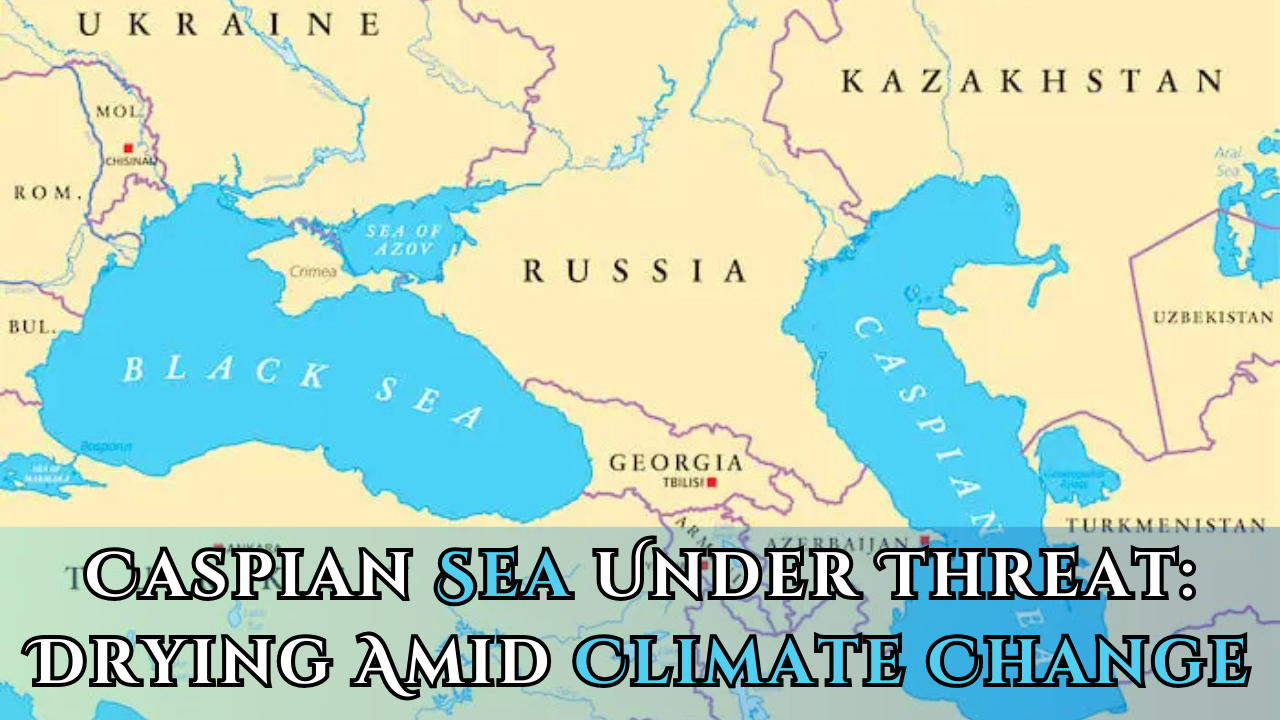Font size:
Print
Indian Reservoirs Continue to Experience Declining Storage Levels
Context:
According to Central Water Commission (CWC) data, the water level in the country’s 150 main reservoirs has dropped to 23% of their total capacity.
More on News:
- The decline is not only less than the storage of last year during the same period, but also less than the average storage of the last 10 years.
- Eight reservoirs had zero storage, located in Maharashtra, Karnataka, Telangana, Andhra Pradesh (AP), and Uttarakhand.
- Four reservoirs had less than 10% storage in AP, Gujarat, Maharashtra, and Karnataka
Regional Water Storage Data:
- Southern region (AP, Telangana, Karnataka, Kerala, Tamil Nadu): 42 reservoirs with a total capacity of 53.334 BCM, current storage at 7.455 BCM (14%). Last year was 25% and normal storage is 20%.
- Gujarat and Maharashtra: 49 reservoirs, total live storage available is 8.833 BCM (24% of total live storage capacity).
- Northern region: Available storage at 30% of total capacities.
- Eastern region: Available storage at 28% of total capacities.
- Central region: Available storage at 29.1% of total capacities.
River Flow Conditions:
- At least 13 east-flowing rivers between the Mahanadi and Pennar had no water for nine weeks.
- Rivers include Rushikulya, Bahuda, Vamsadhara, Nagavali, Sarada, Varaha, Tandava, Eluru, Gundlakamma, Tammileru, Musi, Paleru, Munneru.
- These rivers flow through Andhra Pradesh, Telangana, and Odisha, draining into the Bay of Bengal.
- Important urban centres in the combined basin include Visakhapatnam, Vizianagaram, East Godavari, West Godavari, Srikakulam, and Kakinada.
Current Water Storage Levels in Major River Basins:
- Better than normal storage is available in the Ganga, Indus, Brahmaputra, Brahmani and Baitarni, Narmada, Tapi, and Sabarmati basins.
- Storage levels are close to normal in the Subarnarekha, Barak, Mahi, Godavari, Mahanadi basins, and west flowing rivers of Kutch and Saurashtra, including Luni.
- Storage is also close to normal in the west flowing rivers from Tapi to Tadri, and from Tadri to Kanyakumari.
- Deficient storage is reported in the Krishna basin, east flowing rivers between Pennar and Kanyakumari, and the Cauvery basin.
- Highly deficient storage is noted in the east flowing rivers between Mahanadi and Pennar basins.
Impact of River Systems:
- Indian river systems provide water for irrigation, drinking, domestic consumption, cheap transportation, and electricity.
- Water shortage in river basins significantly affects socio-economic conditions, livelihoods, and agricultural activities dependent on these water supplies.
- Impact on Agriculture:
-
- Low water availability in reservoirs can affect the yields of summer crops (sown between the Rabi and Kharif seasons).
- Farmers are hopeful about the forecast of an ‘above normal’ southwest monsoon to bring sufficient rains for the Kharif crop sowing.
Reason for the lower water levels in reservoirs:
- According to the report of Central Water Commission:
-
- Deficient rainfall since July last year due to El Nino has led to drought and prolonged dry periods in India.
- This has caused groundwater levels to drop alarmingly in cities like Bangalore and parts of Andhra and Telangana.
Per Capita Water Availability:
- Based on the study titled “Reassessment of Water Availability in India using Space Inputs, 2019” conducted by the Central Water Commission:
- The average annual per capita water availability for the year 2021 is assessed as 1486 cubic metres.
- The average annual per capita water availability for the year 2031 is projected to be 1367 cubic metres.
- Annual per capita water availability of less than 1700 cubic metres is considered a water-stressed condition, while below 1000 cubic metres is considered a water scarcity condition.
Government of India’s Initiatives for Water Conservation and Distribution:
- National Water Mission
- Atal Bhujal Yojana
- Har Khet Ko Pani (HKKP)
- Atal Mission for Rejuvenation and Urban Transformation (AMRUT)
- Jal Jeevan Mission-Har Ghar Jal
- Jal Shakti Abhiyan


